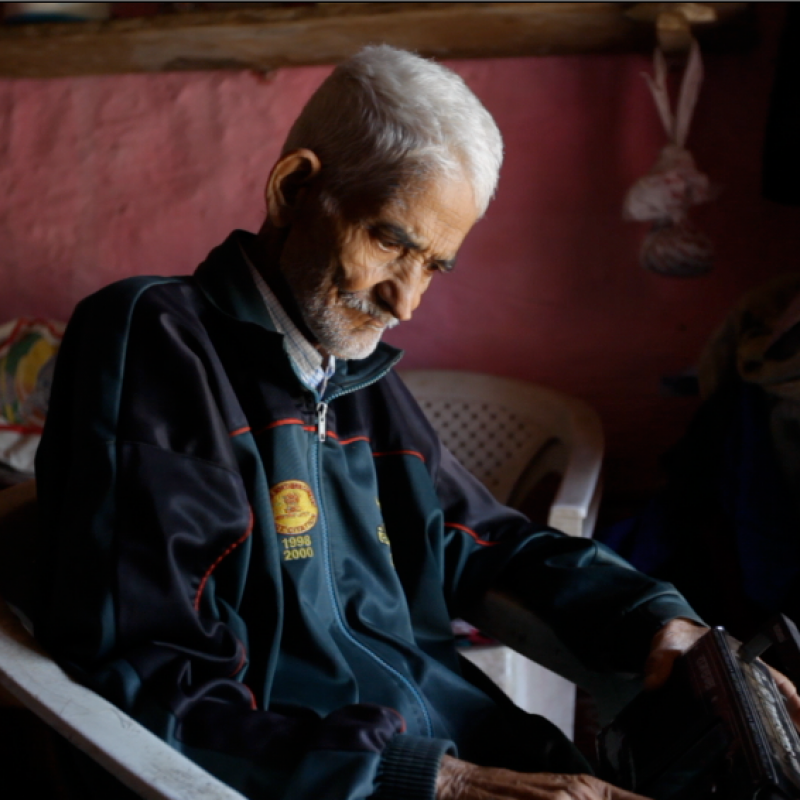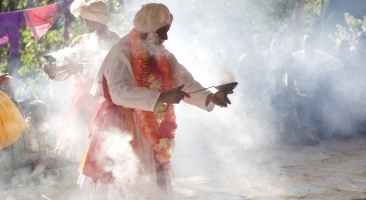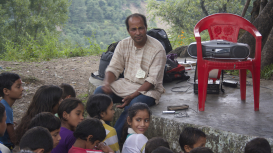Community radio is a broadcast medium operated ‘in the community, for the community, about the community and by the community’, as radio broadcaster from Philippines, Louise Tabing writes in the UNESCO-published How to Do Community Radio. More localised than state-owned and commercial radio, community radio enables communities to become both producers and listeners of their own content, generating programming that is more specific and relevant to the needs and interests of its catchment area. In India, community-run organisations were allowed to own and operate radio stations in 2006 and, currently, according to the Ministry of Information and Broadcasting, there are 251 such community radio stations across the country located across 27 states and Union Territories.
In India, community radio is a significant and important medium, functioning as a dynamic archive of the cultural traditions of communities in the region. It not only provides local artistes an important platform to showcase their talent, it also promotes and preserves local languages and indigenous traditions. In our world of pervasive globalised knowledge systems, community radio stations, embedded in the cultural landscape of the communities in which they operate, offer meaningful, localised ways of heritage conservation.




